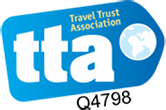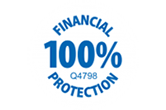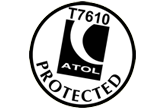Enjoy browsing our trips to Namibia, or click the button below to go to our extended site search.
Namibia Trips
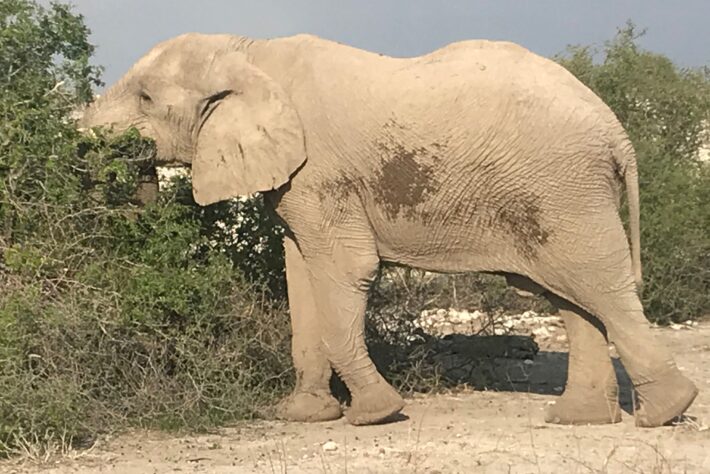
Namibia – Desert, Safari & Coast
Namibia
Venture into the captivating landscapes of Namibia, where nature's awe-inspiring beauty takes centre stage.
DETAILS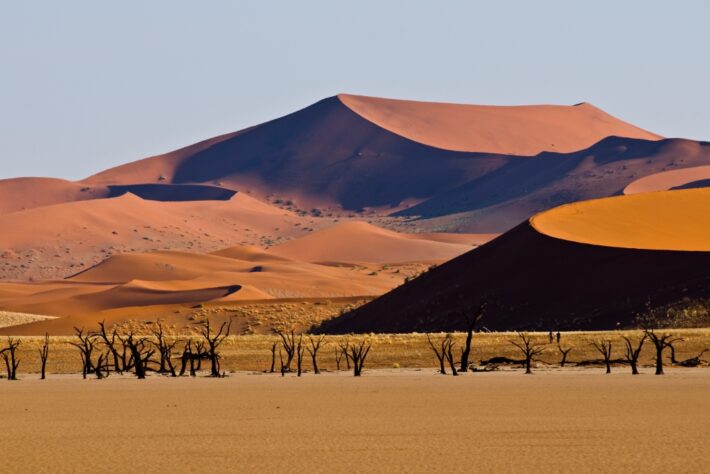
The Best of Namibia- Giant Dunes and Wildlife
Namibia
Visit the flame-coloured dunes of Sossusvlei. The magnificent Hardap Dam is the largest reservoir in Namibia.
DETAILSNamibia Country Information
Set in Southwest Africa Namibia is an unforgettable paradise that offers the visitor an experience unlike no other . Namibia is a land of contrasts where untamed wild and often surreal landscapes sit within reachable distance from well- developed infrastructure.. Namibia’s tourist infrastructure is some of the best to be found in Africa . From the capital of Windhoek to the impressive coastal town of Swakopmund the country’s German influence if ever present in the architecture, food and drink and the cuture. It’s Namibia’s natural, wild landscape outside of the cities and towns that provides the real draw from Fish River Canyon and the 2000km Namibia with the largest dunes in the world to Etosha National Park , habitat to desert elephants and mountain Zebra. The Kalahari desert is jaw-droppingly stunning.
Geography
Namibia covers 824,292 sq. km and is situated on the southwestern coast of Africa. It borders Angola and Zambia in the north, South Africa in the south and Botswana in the east.
Namibia comprises four main differing landscapes. The vast Kalahari Desert has red sands and sparse vegetation, while provinces in the north have rivers, woodland savannahs and tropical forests. There is a long coastal desert that runs the length of the country. The central plateau is home to the majority of the towns and villages.
The population is slightly more than 2.3 million, and about 90% of the population is Christian.
Politics & Security
Namibia is a relatively safe country to visit. However, it does have a high crime rate in larger cities like Windhoek.
It is recommended to safeguard your valuables and cash. Use a hotel safe if possible. Keep large amounts of money, expensive jewellery, cameras and cell phones out of sight. Don’t change large sums of money in busy public areas. Keep copies of essential documents, including passports, in a different place. Beware of pickpockets in town centres.
Culture
It is important to dress decently when in any town or village. Women will avoid unwanted attention by dressing sensibly, covering their shoulders and avoiding low, revealing tops. When staying in a National Park or Reserve, at a lodge or campsite, wearing shorts and sleeveless tops is acceptable. It is also more respectable for a man to wear trousers rather than shorts, and walking around in public without a shirt is unacceptable.
Women may find a helpful sarong; they can be thrown over whatever you wear. You can also throw a light scarf around your shoulders when in town.
Please note that photography is not permitted at airports.
Language
English is widely spoken but other languages include German, Oshiwambo, Rukwangari, Silozi, Otjiherero, Damara, Nama, Khisan and Satswana.
Weather
Namibia has a very favourable climate and annually has approximately 300 days of sunshine. Winter (approximately April to the end of August) is warm, but temperatures can fall below zero at night, so bring a warm jacket for the evenings. Temperatures in the summer (approximately from September to the end of March) can reach 35C. However, this is also the rainy season, so be prepared for rainfall.
LGBT+ Information
While Namibia's views on LGBT travel are open, and homosexuality is not illegal, the topic has for many years been considered taboo in more conservative, rural areas. As a visitor to Namibia, your sexual preferences and identity are your private business, and generally of no interest to others. We have yet to hear of any issues raised or problems encountered as a result of a visitor’s sexuality. This reinforces our view that Namibia is friendly and welcoming to all tourists, regardless of their sexual orientation.
PACKAGES
Namibia
Contact Us
Namibia
PACKAGES
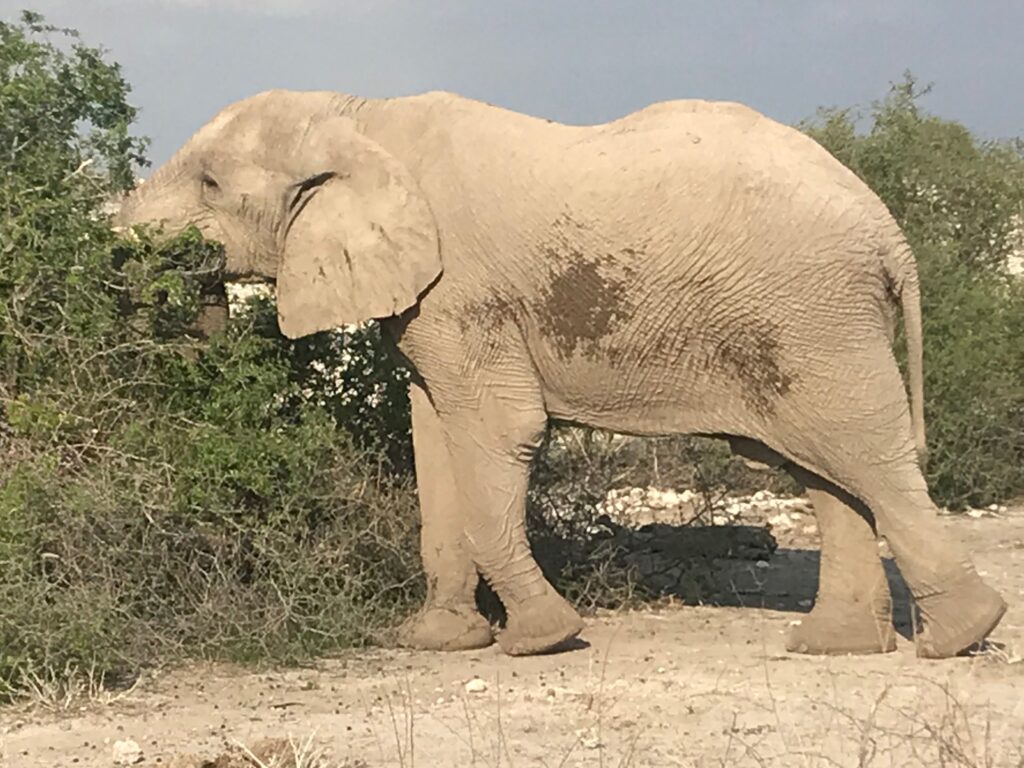
Namibia – Desert, Safari & Coast
Namibia
Venture into the captivating landscapes of Namibia, where nature's awe-inspiring beauty takes centre stage.
DETAILS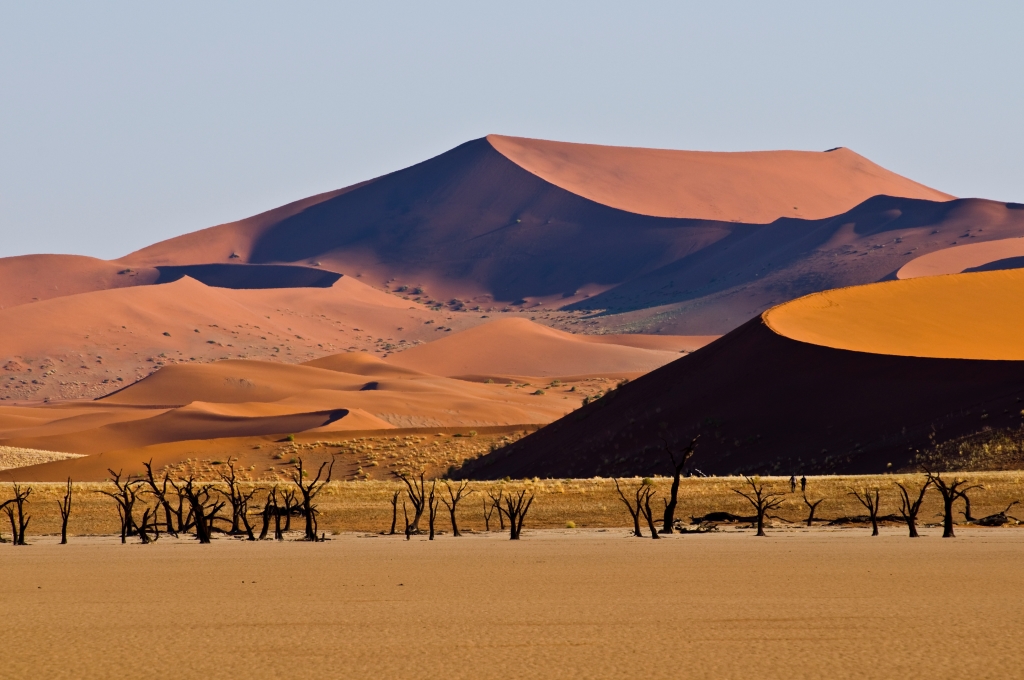
The Best of Namibia- Giant Dunes and Wildlife
Namibia
Visit the flame-coloured dunes of Sossusvlei. The magnificent Hardap Dam is the largest reservoir in Namibia.
DETAILS
